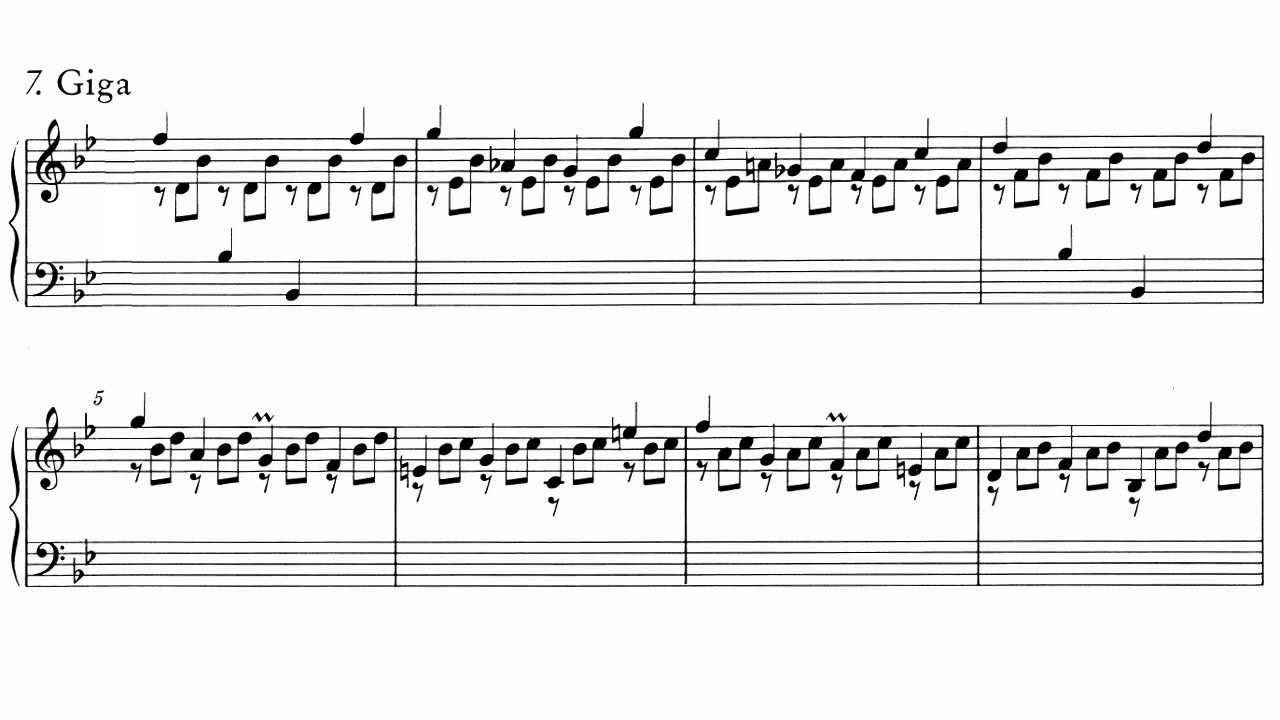I'm having some trouble with my music homework. I'm trying to figure out what time signature some of the pieces would be in 

 I was able to do two of the questions (though I'm not sure of the answer for the one I put 9/8. I don't have much experience with music and the time signatures are really confusing. I need to write the missing time signature in the boxes above each melody and write the counts. I also need to know which one ends in each measures and which starts with a pick up (the pick ups are easy). I would really appreciate the help! Thank you so much to anyone who answers.
I was able to do two of the questions (though I'm not sure of the answer for the one I put 9/8. I don't have much experience with music and the time signatures are really confusing. I need to write the missing time signature in the boxes above each melody and write the counts. I also need to know which one ends in each measures and which starts with a pick up (the pick ups are easy). I would really appreciate the help! Thank you so much to anyone who answers.
-
4Do you know what the top number and the bottom number in a time signature mean? For the one you marked as 9/8 what does the 9 mean and what does the 8 mean. Knowing this may be a good first step.– b3koCommented Apr 30, 2019 at 4:13
-
4To avoid that this question will be closed as we are not here to do your homework you should transform it by asking e.g.: what hints or possibilities are there to identify the time of a piece?– Albrecht HügliCommented Apr 30, 2019 at 6:35
3 Answers
I'm going purely from the header. Your homework is - your homework!
The top number, rather like maths fractions, tells how many of 'them' there are, and bottom number tells what 'they' are. So a simple example like 3/4 tells that there are 3 crotchets in a bar. 3, top number, 4 (bottom number) is musical language for crotchet (quarter note - hence '4').
Look at how dots are grouped. If they're in 3s, they're most likely triplets, which means 3 are played in the time of 2 of the same kind. For example, if there were 12 triplet quavers, joined in 4 groups of 3, that could be 4/4 time, but is more often seen as 12/8.
Bottom number is directly related to quarter notes = 4; half notes (minims) =2; quavers = 8 and so on, although they make up the vast majority of time sigs. Having given this as homework, teacher has the right (and responsibility) to explain it all before said event...
-
I agree that this is not our homework, Tim. But indeed I prefere to look up someone else's homework instead of answering questions about basical theory, especially when they lead me to new horizons and new questions as this one (gigue: 12/16 or triplets?) Commented May 3, 2019 at 7:38
You need to know the value of the notes. Then you can add up the values. When you do this, you will be able to calculate the total crotchets or quavers in a bar. If you find there are 6 crotchets worth of notes in a bar, you could write that as 6/4.
-
... or 3/2 depending on the 'feel" and the speed of the piece... Commented Apr 30, 2019 at 12:42
-
As Carl points out, merely counting the notes isn't enough to establish a time signature safely. 6/4 and 3/2 are rather different.– TimCommented May 3, 2019 at 7:56
There‘s one problem, that you can‘t know and solve by yourself: (look at my answer of the question in the link below.)
The last example could be a 4/8 or 2/4 time when the 16th notes are triplets (abbreviations).
Notation of triplets in Bach’s *Orgelbüchlein*
To analyse the other examples: a hint to recognize the time of a notated song can be the beams above smaller values assemble them to eighth or quarter notes.
Edit: Carl Withoff might be right!
this is the notation of a copyste:
how would you analyse the time of this Gigue:

the answer you'll find looking on youtube BWV 825 Gigue (or google images
-
Good point, but even though the beaming here seems to suggest that, I'd caution that strictly speaking, 12 16th notes is the correct way to count the notes. Especially since I bet theory homework would always make that abbreviation explicit to avoid confusion. Commented Apr 30, 2019 at 6:21
-
1The hint that it‘s by Bach can be a proof that I‘m right. But I agree that this is would be an unfair trap for beginners. On the other hand the 12/16 would much too easy compared with the other tasks. Commented Apr 30, 2019 at 6:28
-
It might be triplets but it just as easily might not. Which is to say, in an exam, it's "cheating" to know what the markings of the source material are. Commented Apr 30, 2019 at 12:41
-
but I still hold on my argument that this last task would be very easy (compared with the other 5) Commented Apr 30, 2019 at 17:48
-
1@AlbrechtHügli Well said, and even if they aren't triplets, the piece is still going to be felt as though they were triplets. Good link with the image of the sheet music. Commented May 1, 2019 at 5:26

